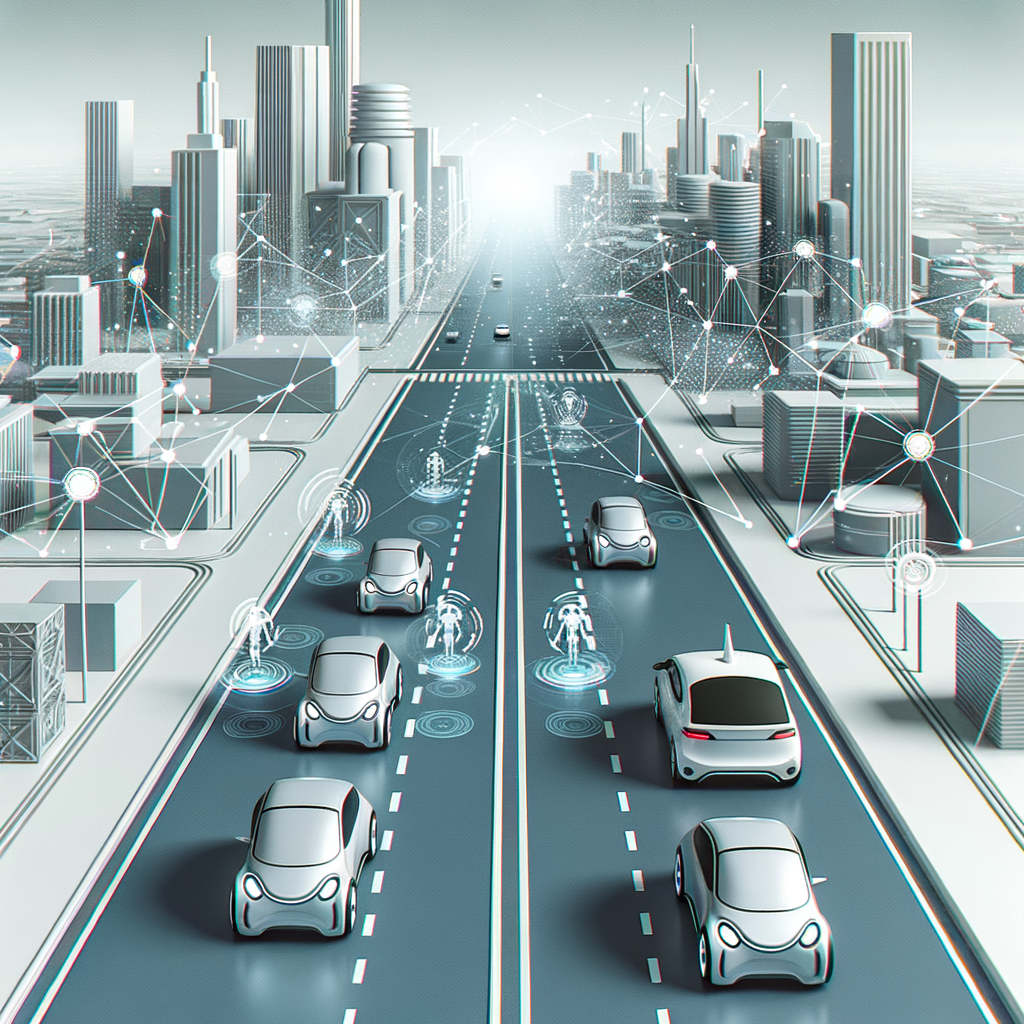
Tapping into the Future: AI Agents in Autonomous Vehicle Navigation
Explore the groundbreaking role AI agents play in advancing autonomous vehicle technology. From enhancing navigation capabilities to improving safety and efficiency, this blog delves into how AI is transforming the automotive industry. Discover the innovation behind AI-driven transport systems and their potential to revolutionize our daily commutes.
Tapping into the Future: AI Agents in Autonomous Vehicle Navigation
The world of automation is rapidly evolving, and at the forefront of this revolution are autonomous vehicles, powered by sophisticated AI agents. These intelligent systems promise to change the way we travel by making transport safer, more efficient, and increasingly reliable.
Introduction to AI in Autonomous Vehicles
Autonomous vehicles, often referred to as self-driving cars, are equipped with advanced AI systems designed to navigate without human intervention. These systems rely on a combination of machine learning algorithms, real-time data processing, and sensor technologies to comprehend the environment and make informed driving decisions.
The Role of AI Agents in Navigation
AI agents are the brains behind autonomous navigation systems. They process vast amounts of data collected from GPS, cameras, radar, and LIDAR to accurately interpret road conditions, traffic patterns, and obstacles. These agents use deep learning models to predict potential hazards and decide the most efficient route to a destination.
Enhancing Safety and Efficiency
Safety is a critical concern for autonomous vehicles. AI agents have the potential to reduce human error by consistently applying safety protocols and adapting to unforeseen situations. For instance, AI can detect and respond to sudden changes in traffic, pedestrians, or weather conditions faster and more reliably than human drivers.
Furthermore, AI-driven vehicles promise to reduce congestion and fuel consumption, leading to both economic and environmental benefits. By optimizing driving patterns and speeds, AI can ensure smoother traffic flows and fewer emissions.
AI Technologies Driving the Revolution
-
Computer Vision: Autonomous vehicles rely on computer vision to interpret visual input from cameras. This allows AI to recognize road signs, signals, pedestrians, and other vehicles, creating a cohesive understanding of the driving environment.
-
Sensor Fusion: By integrating data from multiple sources like LIDAR, radar, and GPS, AI systems gain a comprehensive view of their surroundings. This fusion of data enhances the vehicle's ability to make informed decisions.
-
Machine Learning and Deep Learning: These technologies are pivotal in training AI models to recognize patterns, predict outcomes, and improve over time through continuous data input and learning.
Overcoming Challenges in Autonomous Navigation
While AI agents have made significant strides, challenges remain. Achieving full autonomy requires overcoming obstacles such as:
-
Edge Cases: Scenarios that fall outside normal operating conditions, like unusual road markings or unpredictable pedestrian behavior.
-
Regulatory Hurdles: Legal and ethical issues continue to pose significant challenges. Regulations need to adapt to accommodate the rapid pace of technological advancements.
-
Public Perception and Trust: Building confidence in AI-driven systems is essential. The public must trust that autonomous vehicles are reliable and safe.
The Future of AI in Transportation
As AI technology continues to advance, the potential applications in transportation are vast. From personal ride-sharing services to autonomous public transportation systems, AI promises to redefine mobility.
Conclusion
AI agents in autonomous vehicle navigation are a testament to the boundless possibilities of technology. As these systems continue to evolve, they hold the promise of transforming our daily lives, making travel safer, more convenient, and environmentally friendly. The journey to fully autonomous vehicles is underway, and AI is steering us towards an exciting future.